-
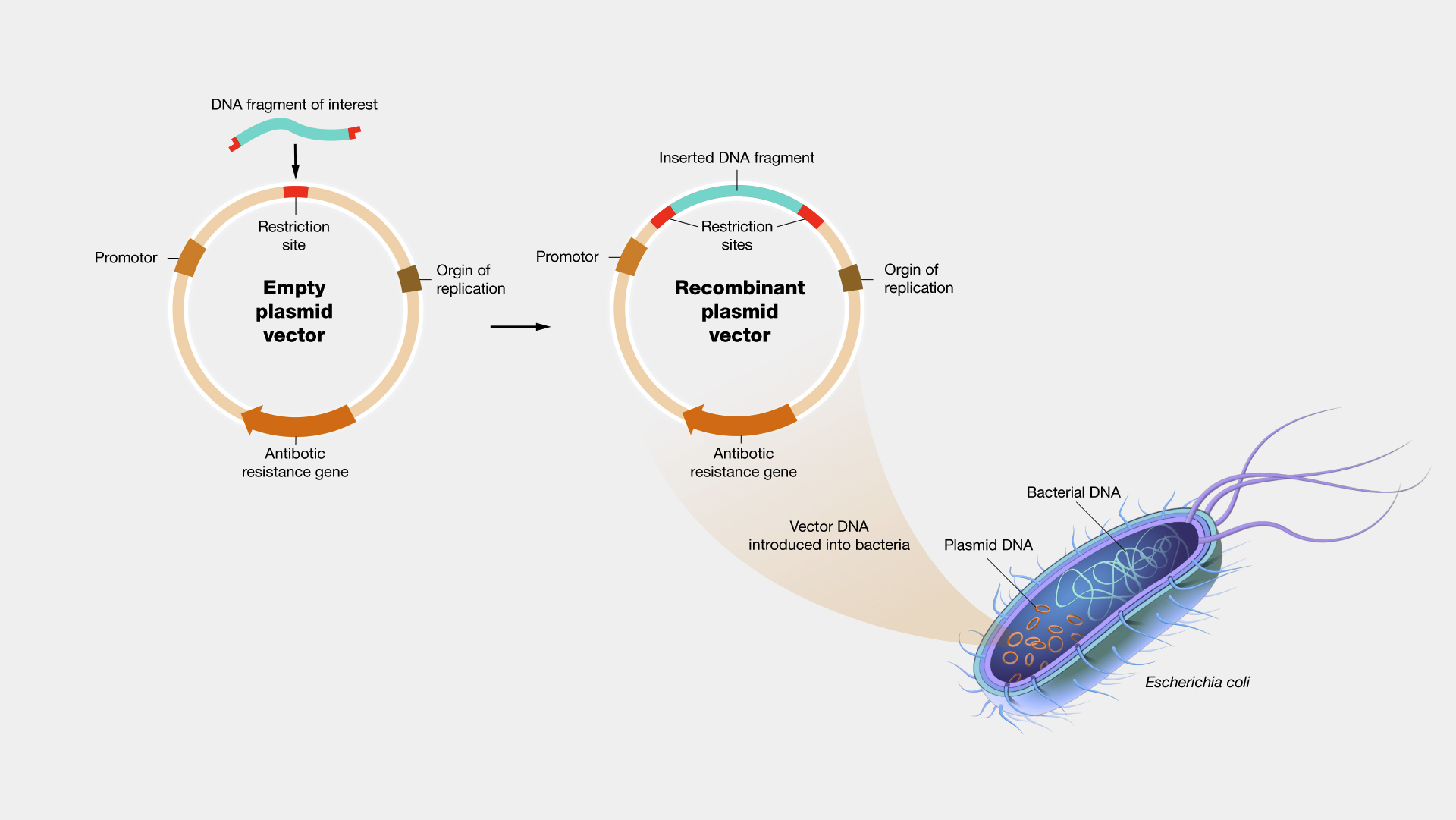
Cloning Vectors
Introduction: Types of Cloning Vectors: Plasmids: Phages: Features of Cloning Vectors: Uses of Cloning Vectors: Conclusion:
-
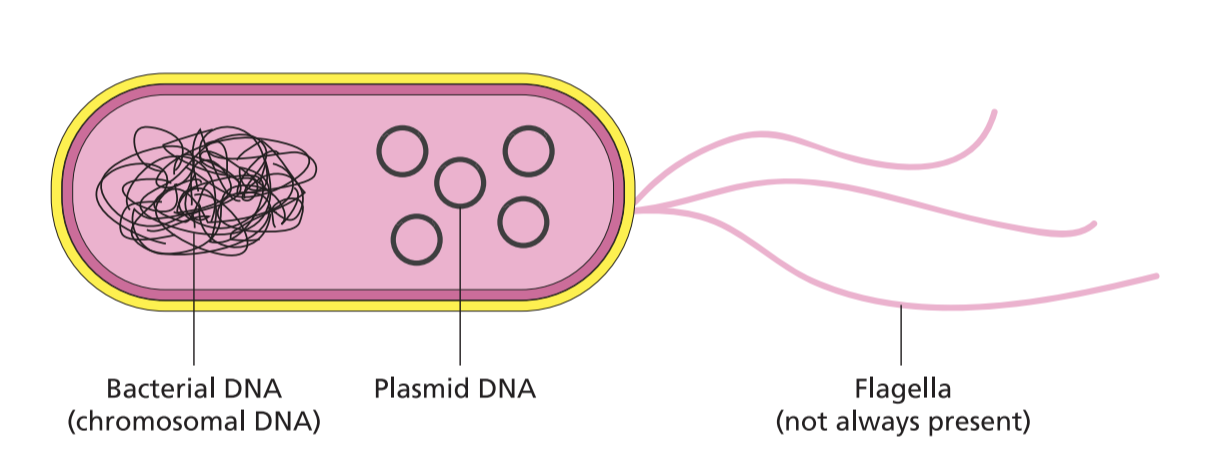
Plasmid DNA
Introduction: Structure and Characteristics of Plasmid DNA: Classification of Plasmids: Uses of Plasmids in Molecular Biology and Biotechnology: Conclusion:
-

Virus Replication
I. Introduction II. Host Specificity of Viruses III. General Features of Viral Replicative Cycles IV. Variations on Viral Replicative Cycles V. Conclusion
-
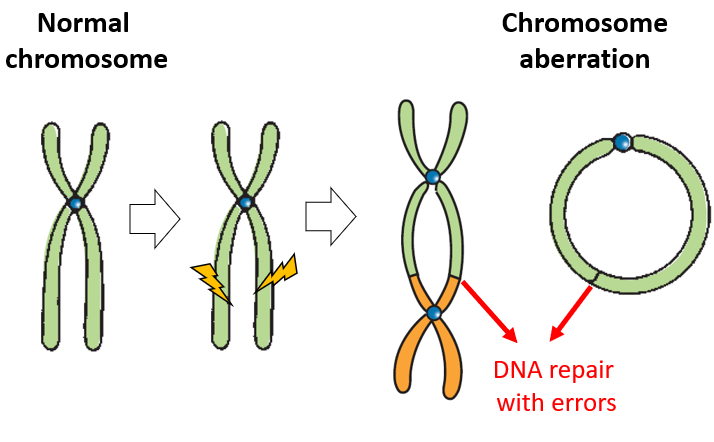
Examples of Chromosomal Aberration
Aneuploidy: Trisomy 21 (Down syndrome): An extra copy of chromosome 21 results in intellectual disability and physical abnormalities such as a flattened facial profile and small ears. Turner syndrome: A missing X chromosome in females results in short stature, webbed neck, and a lack of sexual development. Klinefelter syndrome: An extra X chromosome in males…
-
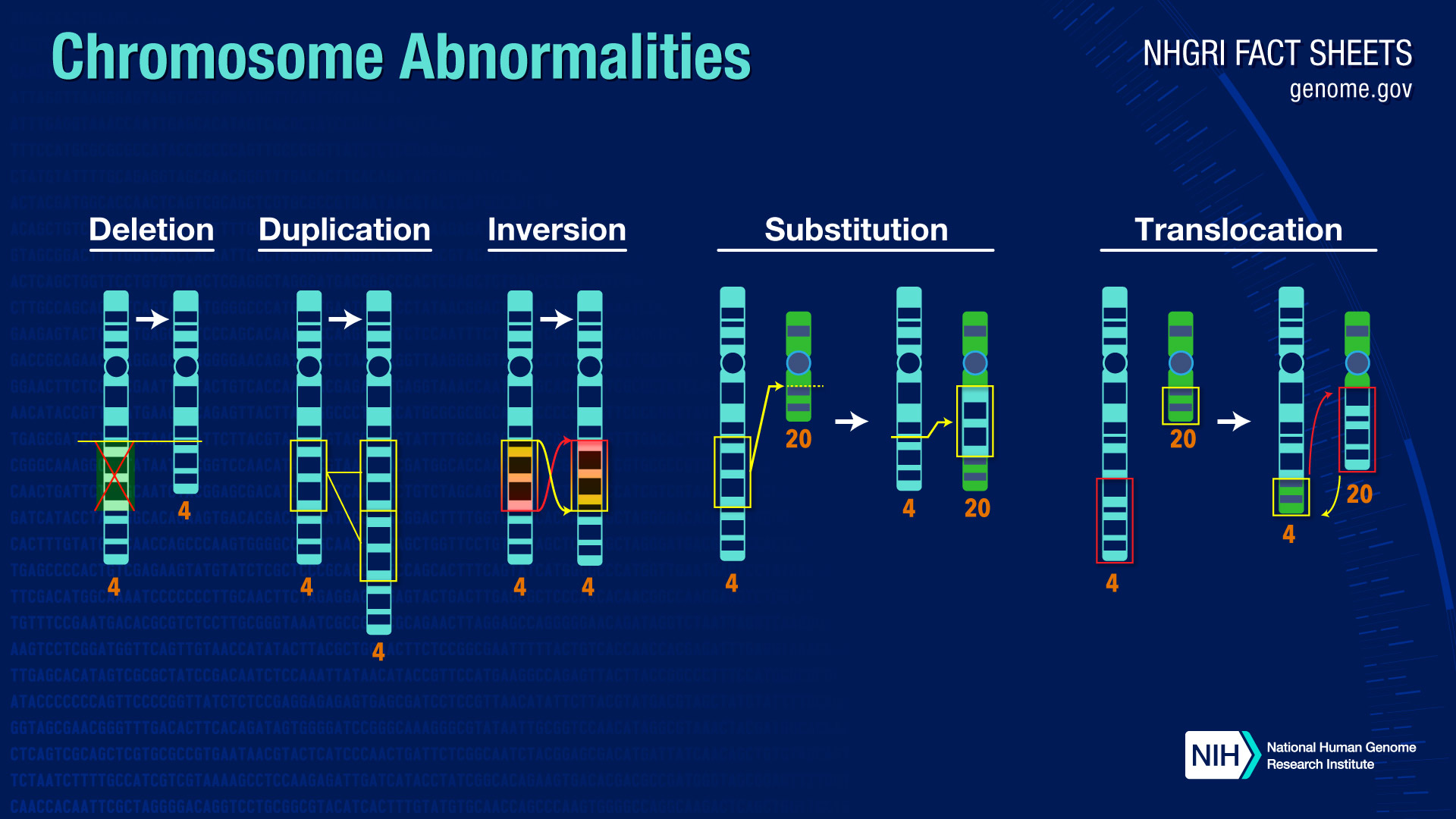
Chromosomal Aberration
Introduction Aneuploidy Aneuploidy is the presence of an abnormally large number of chromosomes in a cell. This can happen because of: Nondisjunction: when chromosomes fail to split properly during meiosis, resulting in cells with an additional or missing chromosome. Trisomy 21 (Down syndrome) is one such condition caused by the existence of an extra copy…
-
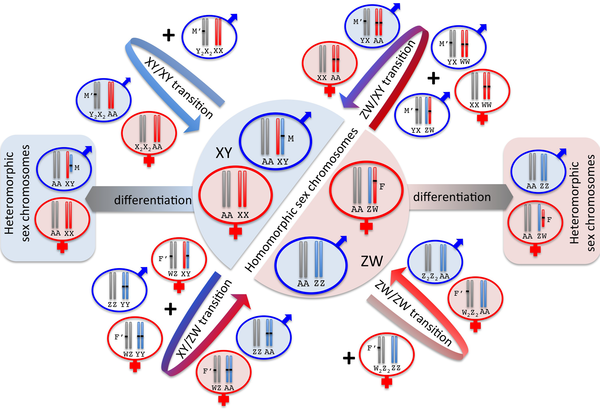
Chromosomal Basis of Sex Determination
I. Introduction A. Definition : The chromosomal basis of sex refers to the genetic basis by which the sex of an individual is determined. It encompasses the chromosomes, genes and molecular mechanisms that are involved in the development of sexually dimorphic characteristics. B. Importance : Understanding the chromosomal basis of sex is important for a…
-
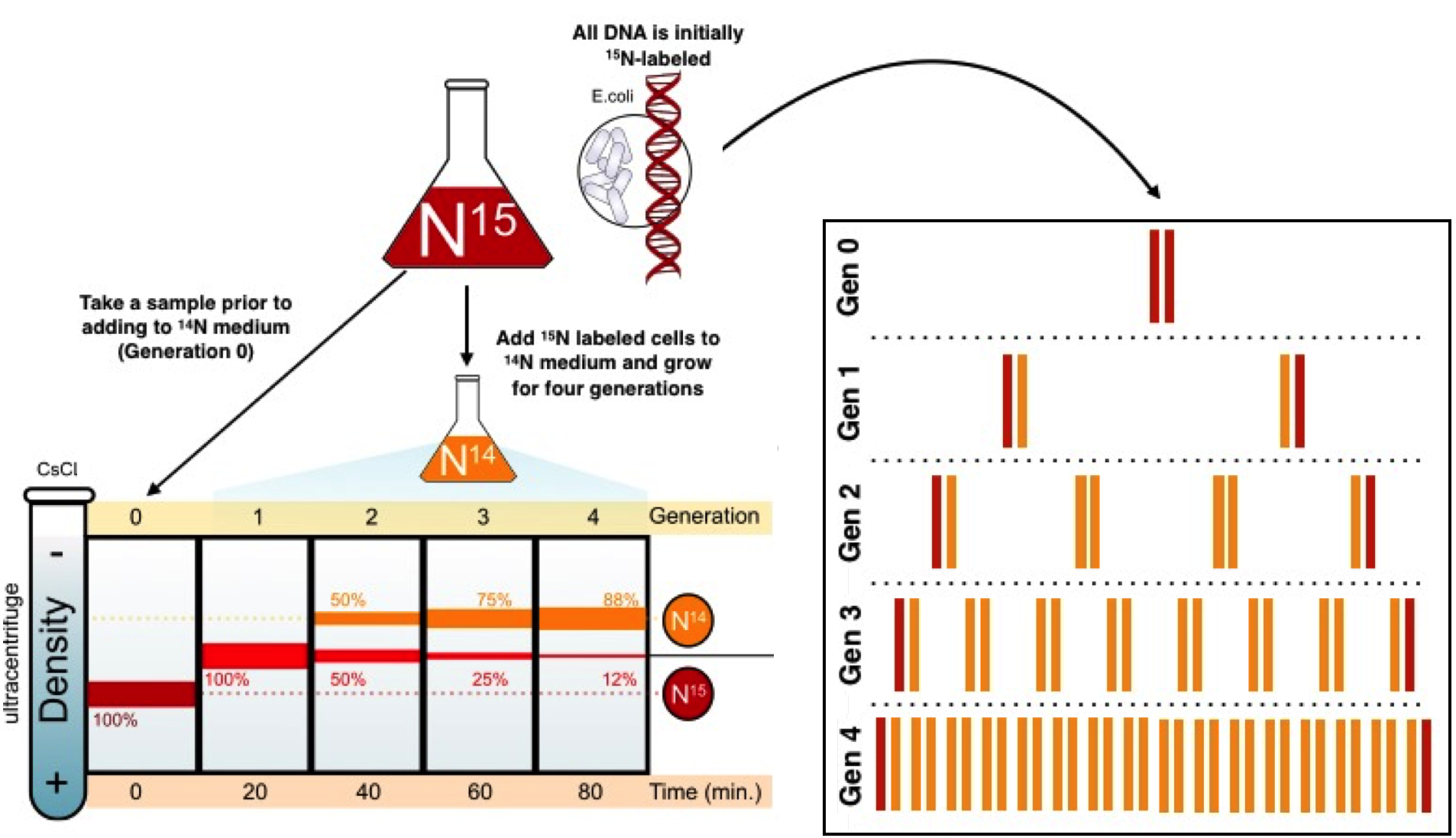
Meselson Stahl Experiment:
Introduction: The Meselson-Stahl experiment was a landmark study in the field of molecular biology. It was conducted by Matthew Meselson and Franklin Stahl in 1958 and provided crucial evidence in support of the semi-conservative replication of DNA. Aim: The aim of the Meselson-Stahl experiment was to determine the mode of DNA replication and to prove…
Categories
- Anatomy (9)
- Animal Form and Functions (36)
- Animal Physiology (62)
- Biochemistry (32)
- Biophysics (15)
- Biotechnology (43)
- Botany (41)
- Plant morphology (6)
- Plant Physiology (26)
- Cell Biology (106)
- Cell Cycle (14)
- Cell Signaling (20)
- Chemistry (9)
- Developmental Biology (29)
- Fertilization (9)
- Ecology (5)
- Embryology (11)
- Endocrinology (10)
- Environmental biology (3)
- Genetics (58)
- DNA (26)
- Inheritance (12)
- Histology (3)
- Hormone (3)
- Immunology (29)
- life science (70)
- Material science (8)
- Microbiology (18)
- Virus (8)
- Microscopy (8)
- Molecular Biology (110)
- parasitology (6)
- Physics (3)
- Physiology (11)
- Plant biology (25)
- Uncategorized (7)
- Zoology (108)
- Classification (6)
- Invertebrate (7)



